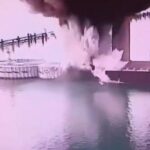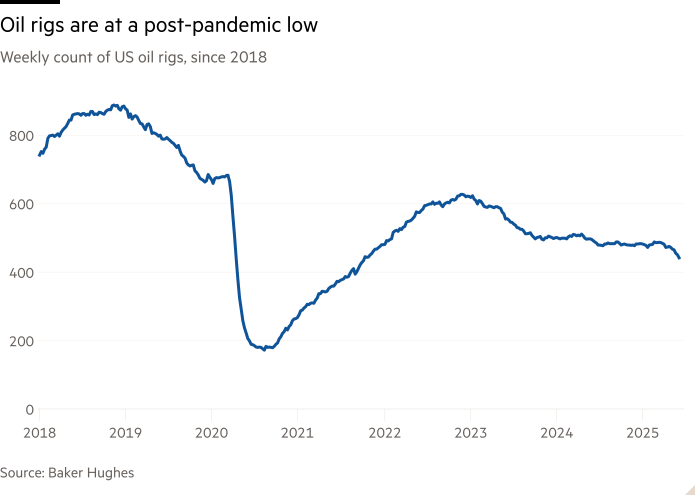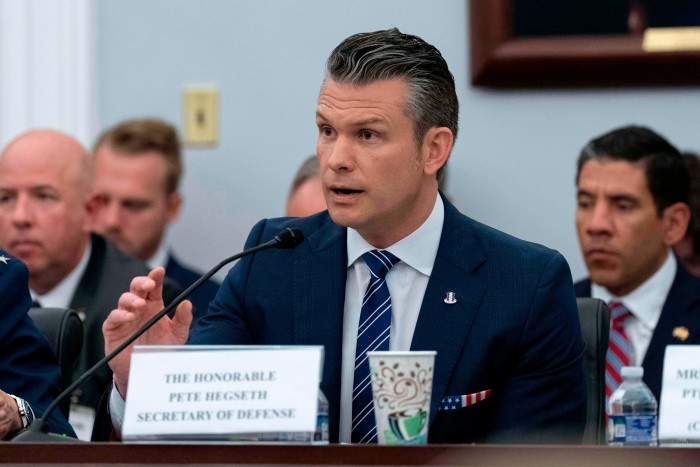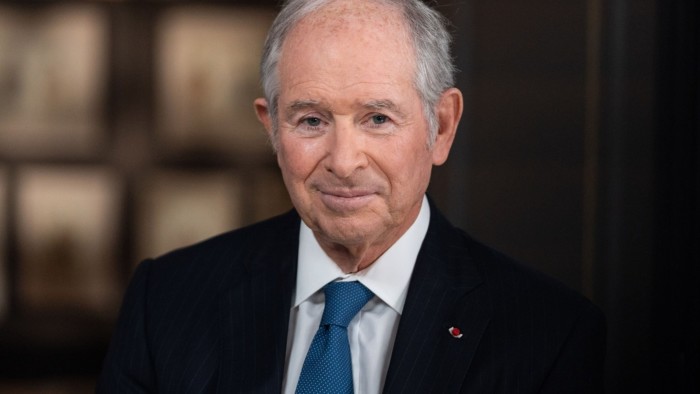Trump’s show of force in Los Angeles
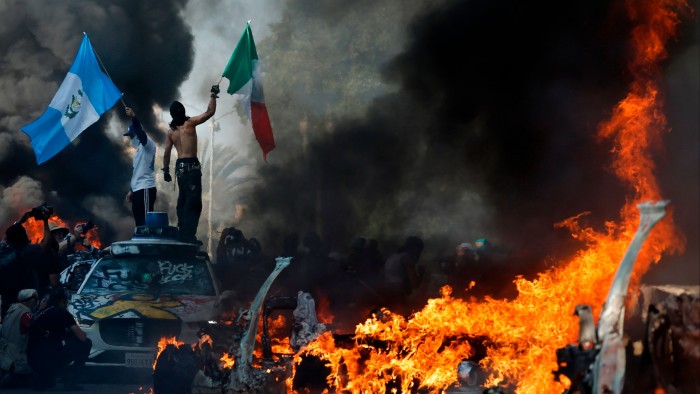
Unlock the White House Watch newsletter for free
Your guide to what Trump’s second term means for Washington, business and the world
Not for 60 years, since Lyndon B Johnson sent National Guard troops to protect civil rights marchers in Alabama, has a US president deployed federal soldiers in a state without a request from its governor. Donald Trump’s decision to order National Guard troops into the streets of Los Angeles, over the loud objections of California’s Democratic governor Gavin Newsom, is one of the most serious moments of his tumultuous presidency. It is a further attempt to expand the boundaries of executive power. It also sends a warning to other states that, like California, plan to resist the administration’s mass deportations of undocumented immigrants.
Trump’s move followed efforts to step up the pace of the immigration clampdown. Armed federal agents last week carried out dozens of arrests in Los Angeles locations, prompting demonstrations starting on Friday that were initially limited in size — though some protesters lobbed pieces of concrete at police.
The White House insisted it sent in federal troops to restore calm. But the intervention was wholly unjustified by the scale of the protests; Newsom wrote on Saturday night there was “no unmet need” for federal help. Deploying National Guard forces, he added, was “purposefully inflammatory” and would only escalate tensions. His warning seemed borne out on Sunday when — after the arrival of about 300 National Guard troops — thousands of protesters took to the streets, clashing with officers and guards who fired tear gas, rubber bullets and flash-bang weapons. Dozens were arrested.
The federal intervention seemed calculated to create a showdown and paint a picture of disorder — to fire up Trump’s base, bolster appearances that the president is fulfilling campaign promises and create a distorted impression of illegal migrants as, by nature, violent criminals. Above all, it intensifies the administration’s efforts to expand the powers of the presidency, at the expense of Congress and US states.
The administration cited a provision in the armed forces code allowing the president to put National Guard members under federal control when there is a “rebellion or danger of a rebellion” against the authority of the US government. It reportedly toyed with invoking the 1807 Insurrection Act, which allows the president to use the military to put down a domestic uprising, as President George HW Bush did — at the request of California’s then governor Pete Wilson — during Los Angeles riots in 1992 over the acquittal of police who had beaten Rodney King. The administration would have to do so if, as defence secretary Pete Hegseth has threatened, it sent in marines to quell today’s LA unrest.
Either way, Trump’s decision amounts to a disturbing over-reach of federal power, in what some scholars warn is increasingly open defiance of political norms and the constitution. It sets an alarming precedent, suggesting the president can dictate the deployment of federal forces in a state. It is a warning, too, to other Democrat-run states and cities that they could face similar treatment if they try to block deportations. Indeed, it could foreshadow federal forces being deployed if Trump’s White House disagrees with a state’s handling of any crisis.
That could include demonstrations against other presidential policies, from its travel bans to its rollback of environmental protections or its assaults on science and US universities. Given the polarising nature of so much of Trump’s programme, protests so far have been relatively few. More flashpoints, no doubt, will come. The administration has provided a worrying foretaste of the kind of tactics it may then be prepared to employ.


